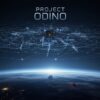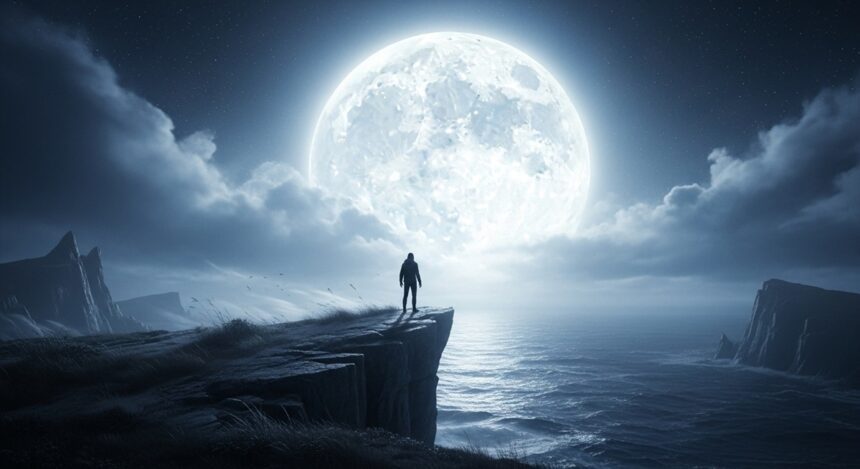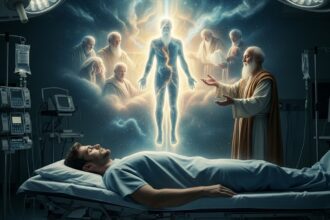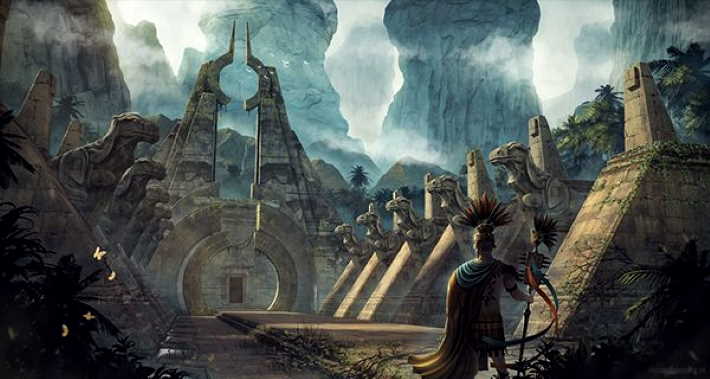There is an ancestral tremor that runs through the human nervous system whenever the night sky fills with that perfect, unnerving orb of light. It is the Full Moon, a celestial spotlight that has, for millennia, been blamed for every sleepless night, every surge of irrational passion, and every moment of inexplicable despair.
The persistent belief in the lunar calendar’s power—whether guiding a gardener to harvest a carrot or dictating a surgeon’s timing for an operation—is a cultural artifact so deeply woven into our collective psyche that it defies simple dismissal as mere superstition. We look up and we feel something shifting within the fluids of our own internal ocean. But what does rigorous, unsentimental biology actually say about this influence? Does the Moon truly drive us mad, or are we simply victims of the oldest, most elaborate placebo effect in human history?
Lunar Sympathy and the Genesis of Lunacy
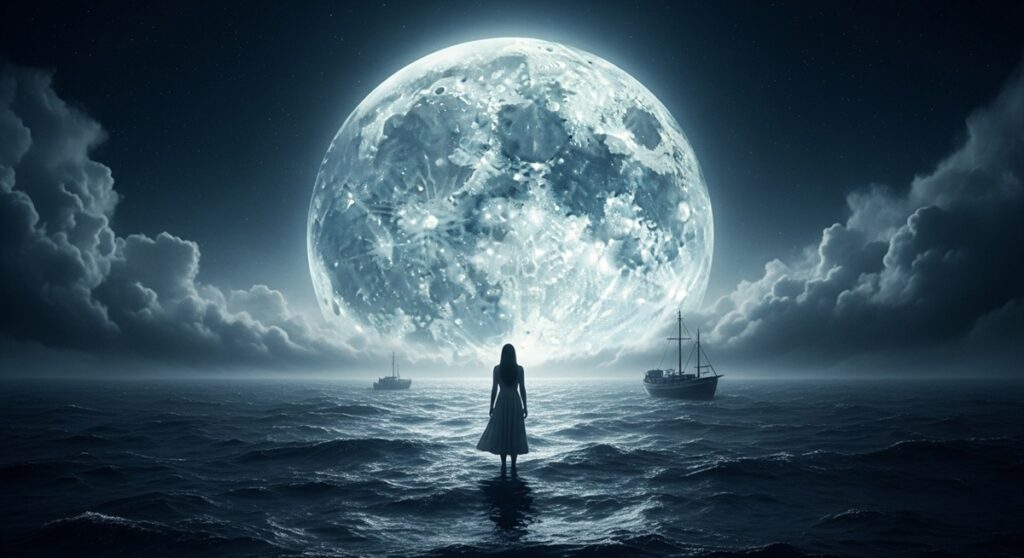
The link between the lunar cycle and human instability is older than recorded history, crystallized in the very word “lunacy”—a state of madness attributed directly to the Moon’s dominion. Shakespeare captured this perfectly in Othello, where the Moor, having just committed an act of fatal, irrational passion, seeks cosmic absolution: it was not his fault, but the Moon’s.
“The influence of the moon. She, as you can see, Too close to the ground And drives everyone crazy.”
This was not poetry; it was a reflection of the widespread, terrifying belief of the 17th century. Science, ironically, initially tried to fight this ancient astrology with its own flawed logic. Galileo Galilei, the great challenger of the cosmos, initially dismissed the idea of the Moon generating ocean tides, finding the notion too simplistic and superstitious. He was famously, utterly wrong. It is, of course, the Moon’s immutable gravity that pulls the massive water bodies of the Earth, generating the tides that define our coastlines.
The scientific correction, however, ironically rehabilitated the ancient fear. If the Moon can effortlessly lift the entire Pacific Ocean, surely it exerts a noticeable pull on the fluids within the human body—our blood, our lymph, and the deep, saltwater essence of our cellular matrix. This logic provided a powerful, pseudo-scientific foundation for generations of doctors who, well into the 18th and 19th centuries, prescribed medicines and advised surgical timing based on the waxing and waning phases. It was believed the waxing moon saturated the body with strength, while the waning moon drew resources out, a draining effect perfect for the recovery following a surgical trauma. The fact that some surgeons today quietly acknowledge this custom speaks volumes about the persistence of this ancient, gravitational fear.
Ancestral Clock in Human DNA
The ultimate question is one of biological entrainment. Life did not appear after the Moon; all life has coexisted with the Moon for billions of years. In the earliest epochs of our planet’s existence, the Moon was closer, its gravitational pull was exponentially stronger, and the resulting tides were monstrous, forcing life in the shallow waters into a constant, brutal cycle of flooding and recession. This extreme environmental pressure became the crucible of evolution.
Is it possible that within our most fundamental DNA—the code laid down by the planet’s first inhabitants—there exists a biological clock that is not merely solar, but lunar-adapted? A deep, primitive mechanism that still attempts to synchronize with that immense, silver regulator of the darkness? This is the metaphysical undercurrent that makes the modern inquiry into lunar influence so compelling, linking our 21st-century insomnia to the 3-billion-year history of terrestrial life.
Biological Entrainment The Deep Code in Water and Soil
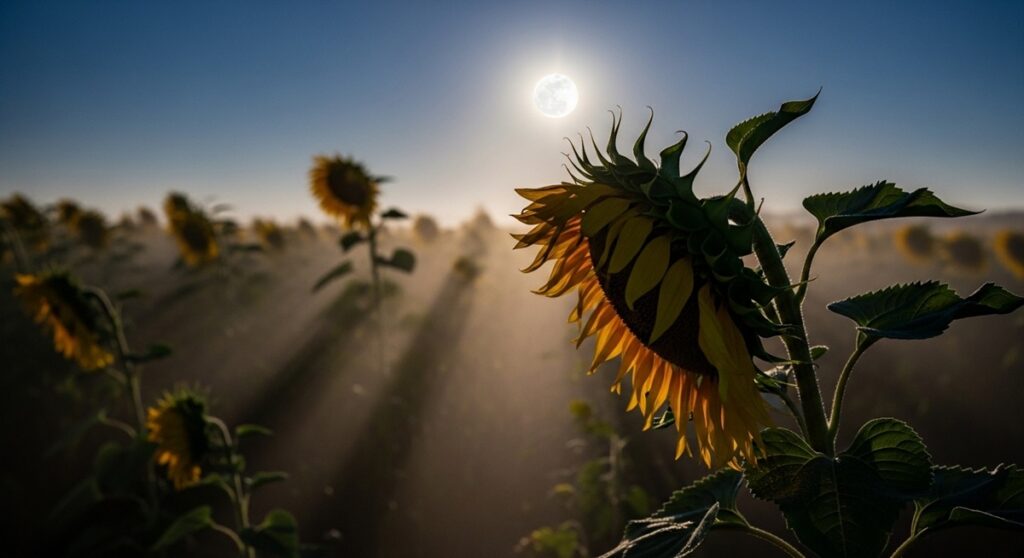
To move beyond superstition, we must analyze the two undeniable vectors of lunar influence: light and gravity. For millennia, living organisms have navigated, grown, and reproduced based on the subtle shifts in these two cosmic forces.
The Plant’s Silent Sentinel
Gardening’s adherence to the lunar calendar, where the phases dictate the planting of seeds or the timing of a harvest, may seem like the purest form of agrarian superstition. Yet, the underlying mechanisms of moonlight are absolutely real, albeit purely optical, as explained by biologists who study photoperiodism.
Plants possess an intricate “vision” system that allows them to perceive light—and the absence of it—with profound sensitivity. This sensitivity is tied directly to their growth cycles. In complete, genuine darkness—the total blackness of a new moon night obscured by clouds—a plant’s growth accelerates. The moment the plant senses even faint light, that acceleration slows.
This mechanism reveals the Moon’s influence: on a clear, moonlit night, the shoots of a flower or shrub will grow more slowly than during the oppressive blanket of a new moon. The plant perceives the moonlight as an interruption of its night cycle, a signal that it was “not allowed to sleep.”
The effect is crucial for species that rely on a specific duration of darkness for biological cues. Plants that bloom during long daylight hours perceive the moonlight as a signal for flowering, while others that require a short day and a long, uninterrupted sleep cycle may see their flowering slowed or arrested entirely by the bright Moon. Here, we see no astrology, but pure physics of light intensity. Even a half moon, when high in the sky, shines strongly enough to interrupt the deep molecular machinery of a plant’s dark cycle.
This understanding also explains the phenomenon of weeds. The seeds of many aggressive weeds require even a minimal exposure to light to germinate. If a mole or a shovel disturbs the soil on a cloudless, moonlit night, bringing seeds to the surface, the faint moonlight is enough to trigger sprouting. Cover the ground with a dark cloth, and they will not germinate. The Moon, therefore, acts as a subtle, pervasive regulator of agricultural competition.
The sunflower, a celebrated solar worshipper, stands as a telling contrast. It tracks the Sun relentlessly from east to west, optimizing its exposure to heat and light to ripen pollen, evaporate fragrant substances, and attract diurnal insects. It entirely ignores the Moon. The Moon’s light is too dim to significantly heat the flower head, and its nocturnal visitors are fewer. Once the sunflower sets its seeds, it stops tracking the Sun entirely; the celestial dance of light is no longer necessary. This behavioral contrast underscores a biological truth: the Sun is the “brighter, more literal player” in the game of life, yet the Moon still holds profound sway in the subtle rhythms of the night.
Tidal Crucible Evolution and Aquatic Genesis
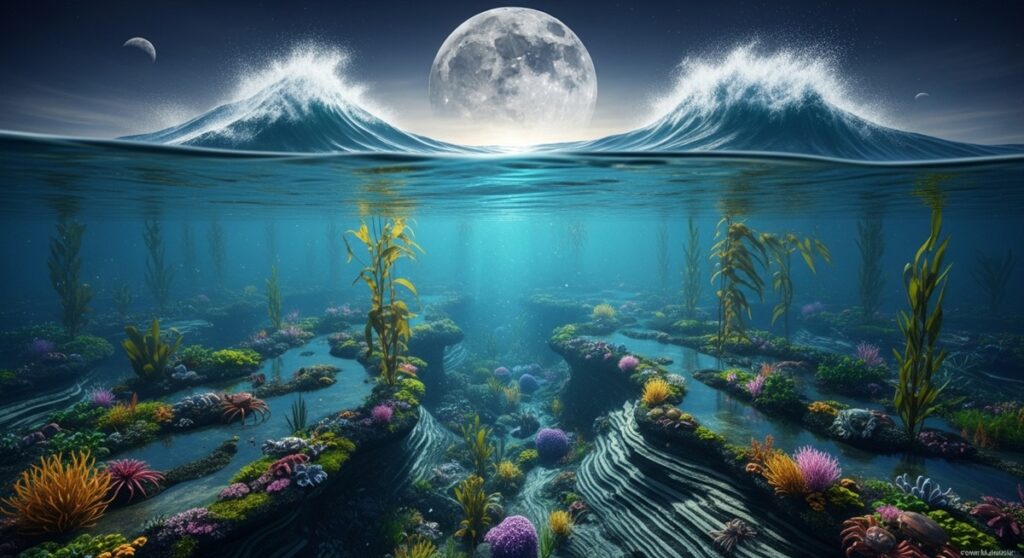
The true, undeniable mastery of the Moon is found in the deep ocean, the birthplace of all life. When we move underwater, gravity comes into forceful play. The Moon generates tides twice daily, creating two tidal humps of water that not only reshape coastlines but also act as a permanent, rotational brake, slowing the Earth’s spin by fractions of a second each century. This is the gravitational debt we owe the Moon.
More importantly, this tidal force created the intertidal zone, a dynamic, brutal, and fertile environment that harbors almost 90% of all shallow water species. The intertidal zone is a constant, alternating combination of water, air, and soil. This rapid, contrasting change of scenery, where the sea floods and then recedes, created the perfect evolutionary pressure cooker. Biologists argue that without these tidal cycles, life on Earth would either not exist or would look radically different. The rhythmic punishment and reward of the tides forced organisms to adapt and change at an accelerated rate.
Traces of this ancient lunar tyranny are preserved in rock formations known as taidalites—thin layers of sediment deposited by the ebb and flow of ancient waters. The powerful tidal waves that began to go far inland, especially with the appearance of the great meridional body of water that became the Atlantic Ocean, are even hypothesized to be connected with the emergence of vertebrates on land hundreds of millions of years ago. The ability to breathe air and use rudimentary limbs became crucial competitive advantages in this ever-changing, tidal environment. Our history, therefore, is fundamentally a lunar history.
The Pulse of the Body Circadian Rhythms and the Unseen Hand
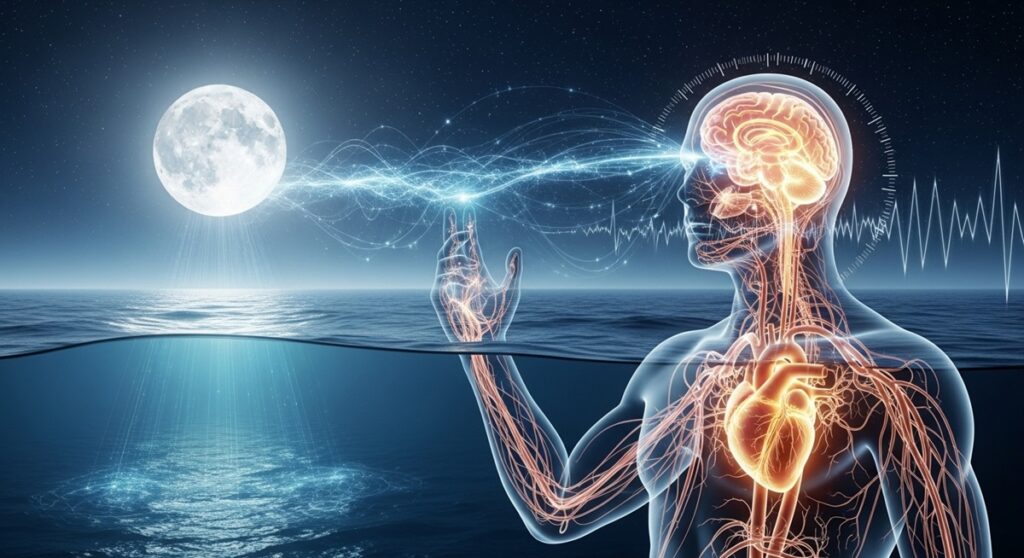
Given that the composition of human blood is remarkably similar to that of ancient seawater, and our bodies are composed mostly of water, the historical belief in the Moon’s pull on our internal fluids takes on a new, symbolic weight. In a physiological sense, we are small, walking oceans, and in some profound way, we are programmed by lunar processes.
The most potent evidence of this programming is found in the circadian rhythms that govern our sleep, wakefulness, hormone release, and overall physiological function. While primarily driven by the Sun, these rhythms—the 24-hour internal clocks that dictate our body’s chemistry—are not exclusively solar. The fact that the monthly cycle in women is synchronized with the Moon’s 29.5-day cycle is a prime, non-coincidental marker of this deeper connection.
Ancient civilizations, recognizing the fundamental importance of this synchronization, relied on lunar calendars. While modern society shifted to the simpler solar calendar for daily convenience, from the perspective of our biological rhythms, the lunar calendar remains the more correct, more deeply attuned timepiece.
Scientists have confirmed that the Moon somehow affects the molecular processes within our bodies. This phenomenon has been studied extensively, yet the precise mechanism of influence remains shrouded in mystery. We know the rhythm exists; we just don’t know the conductor. This is the scientific gap that feeds the persistent belief in Full Moon madness.
It is important to remember, however, that the key influence of the Moon on massive water bodies—the ocean tides—is not phase-dependent, but time-dependent, occurring twice every 24 hours. Therefore, the old logic that blamed Othello’s full moon murder on the Moon’s gravitational pull is still flawed: his fluids would have been tugged just as hard during a quarter moon at the corresponding tide time. The “mysticism” of the Full Moon, as modern biologists conclude, is likely nothing more than pure optics: more light, allowing animals to hunt and move more easily, thus making the nocturnal world seem more alive and dangerous.
Navigational Servitude Deceived Night Butterflies
Even in the animal kingdom, the Moon’s influence is primarily light-based and entirely non-mystical, yet absolutely vital. The iconic, chaotic flight of midges and night butterflies around a lantern perfectly illustrates this. These insects do not “love” the light; they are desperately using the distant, reliable Moon as a navigational beacon to keep their flight path straight. The lantern, an artificial, proximate light source, is a curse, causing them to circle endlessly in a futile attempt to keep the light “on top,” until they collapse from sheer exhaustion.
More charmingly, dung beetles use the Moon, or failing that, the brightest visible stars, as a guide to roll their prized spheres of dung in a straight line, ensuring they roll as far away as possible from thieves. Experiments conducted in planetariums confirmed that this celestial navigation is essential for their survival. In the insect world, the Moon is simply a fixed, reliable overhead point—a life-saving tool, not a mystical influence.
Beyond Optics – The Physics of the Unacknowledged
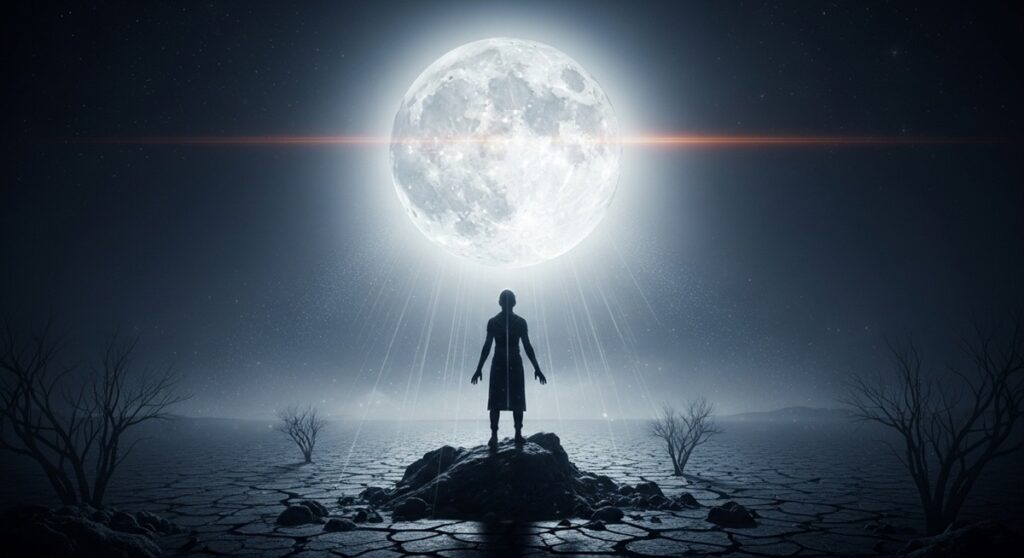
We are left with a fundamental paradox: the measurable effects of the Moon—light and gravitational tides—are enormous and essential to life, but they do not account for the emotional and psychological sensitivity many people report during the lunar phases. So, what is the source of this persistent, visceral feeling?
The journey to the edges of science sometimes requires conversation with those who build the instruments. If one speaks to physicists at closed seminars, a curious, uncomfortable discourse emerges: the whispered possibility that something unknown comes from the Moon. There are serious, albeit highly speculative, discussions concerning the possibility that the Moon focuses the fluxes of exotic particles—perhaps “cold neutrinos”—that subtly affect the ground, potentially even contributing to the appearance of new chemical elements, such as highly useful potassium, in the soil.
This sounds like alchemy, and the gap between this theory and traditional astrology is perhaps narrower than most scientists would admit in public. Yet, the history of science is filled with winding, contradictory paths. What seemed proven was later rejected; what looked like heresy turned out to be the hidden truth. The enduring mystery of the Moon is its ability to remain just out of reach of total understanding.
We can rationally explain the tides, illuminate the growth patterns of a plant, and map the confused flight of a night butterfly. But we cannot yet fully map the deep, primal wiring of the human being that causes millions to look up at a silver disc and feel the ancient, powerful conviction that it is responsible for the currents within their soul. The Moon will forever remain a potent symbol—the silent, secondary sovereign of our planet, attracting the minds of scientists, mystics, and romantics alike.
We can reject the lunar calendar in favor of herbicides and logic, or we can embrace it, knowing that the placebo effect itself is a manifestation of the mind’s mysterious power over the body. Either way, the Moon is still there, casting its silver light upon a world whose existence is its ancient, gravitational gift.





